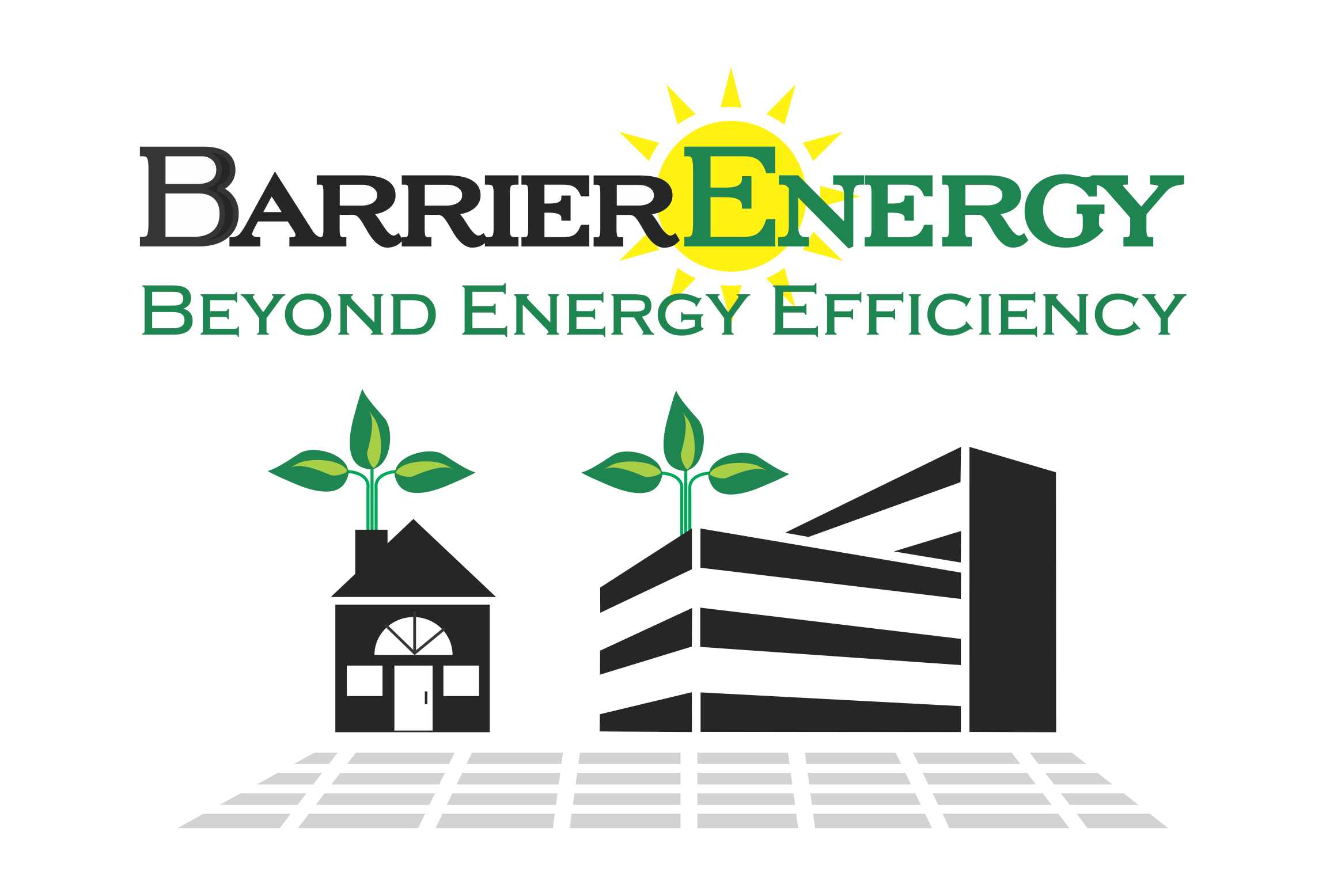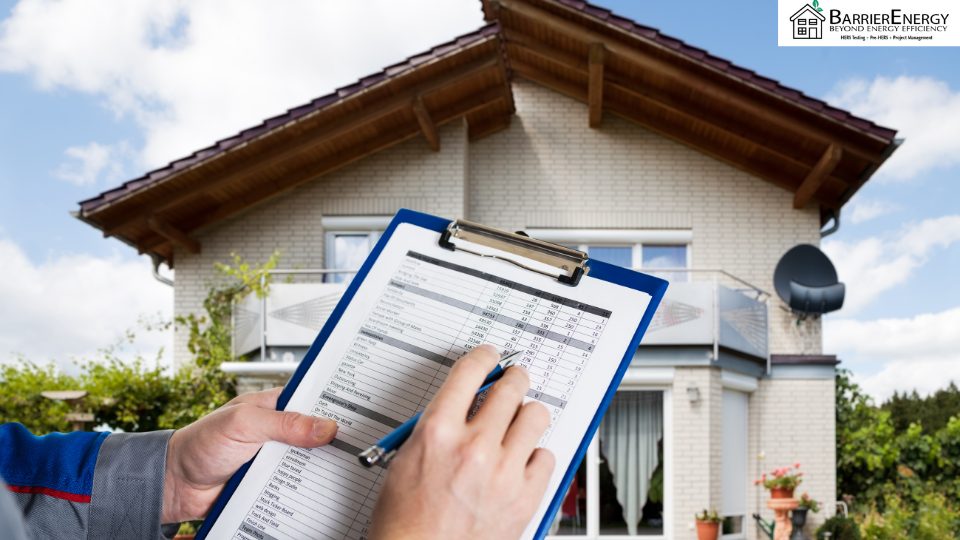Getting a Routine Energy Audit on Your Home:
Think of a Home Energy Rating as a tune-up for your home. Considering car owners get regular maintenance checkups for their vehicles, why should it be any different for a home? After all, a home is one of the most important purchases a person can make. An Energy Rating takes a snapshot of your current consumption so that energy-wasting issues can be addressed. Most likely, utility bills are your next highest financial obligation after a mortgage payment.
Now through 2032 you can even claim 30% (up to $150) off your Home Energy Audit as a Federal Tax Credit. Is it worth it? Absolutely, a home assessment is an investment that will save you money for years to come. Saving money is just another way of “making money”. So, get a free quote today.
California Home Energy Rating / Energy Audit Certificates:
A professional HERS Rater can offer certification to provide an overview of the homes’ efficiency. The Home Energy Rating Certificate gives the home a score on the HERS Index. In other words, you can see just how efficient your home is compared to Zero Net, also known as Zero Energy Consumption. Also, in this document, you can find general information on the house and efficiency ratings for HVAC systems, windows, water heaters, appliances, lighting, and insulation. In the ‘Energy Impact’ section, you can find the tons of Green House Gas Emissions produced per year. Then, the report breaks down electricity and natural gas consumption by the different features of the home. Lastly, the certificate specifies the homes’ overall operating cost.
BarrierEnergy’s HERS Raters have been completing Home Energy Ratings for over a decade. We make our calculations by performing various efficiency tests and surveying utility bills. Afterward, we provide you with copies that can help you understand the value of your home. These reports are created and stored in CalCERTS, which certifies our HERS qualification.
Narrative Explanation and Recommendations:
Another piece of the Home Energy Rating is the explanation and recommendations report. On the first page, it gives a written summary of all energy features and their efficiency values. Next, it offers custom alternatives and recommendations. For example, it could propose to improve your current insulation from R11 to R20. This comprehensive statement describes the possible savings for each energy upgrade. See which upgrades are the most cost-effective from the yearly estimated savings on each feature, step by step.
Data Input Summary:
The Data Summary page gives a more in-depth recording of each energy-consuming feature. Where the Energy Certificates give an overview, this report launches into the specific details. Each window and every system has different energy ratings. Here, we provide you with all the baseline information on your home’s characteristics.
Energy Consumption Analysis Report:
In the Consumption Analysis, you will find data on your energy cost, electricity use, and gas use. These color-coated graphs offer a visual representation of your monthly utilities. Let’s start with energy costs. Initially, bar graph number one shows what your energy bills look like compared with simulated standard upgrades. Bar graphs number two and three are useful for determining what times of year you use the most electricity and gas. Additionally, they interpret which features of the home use the most electricity or gas.
Energy Upgrade Recommendations:
Similar to the Narrative Explanation and Recommendations Report, Energy Upgrade Recommendations contains a spreadsheet of suggested improvements. Except, it allows the homeowner to analyze exactly how much energy is used by each system of the home compared to how much would be used after said improvements. Specifically, this data reports in kilowatts for electricity and therms for fossil fuels. Furthermore, it even shows how much carbon dioxide would be saved in pounds per year.
CalRATEPro Cost Summary:
Finally, the Cost Summary may be the most important document in the Home Energy Rating. This straightforward spreadsheet lays out the estimated cost to install the upgrades in correlation with the annual savings and lifecycle savings. Simply, you can calculate exactly what the return on investment would be for each item. Maybe the estimated cost for new insulation is $1,000, but throughout the lifecycle of the home, it would save $5,000. You don’t have to take on every single renovation, only the ones that make the most financial sense. After you see this report, you’ll know the small upfront cost of the inspection was worth it.
Every year, efficient technology is improving. Hence, getting a Home Energy Rating done regularly is the best way to assess what current advancements can do for your wallet. BarrierEnergy tailors our reports to maximize your comfort and savings. Plus, California requires these home assessments to get energy-efficient mortgages or certain energy-efficiency loans. That’s because the state uses the reports to decide whether or not their loan is feasible.
Contact us with any questions about the process. Please, don’t forget to subscribe to our blog for more useful content.


Recent Comments